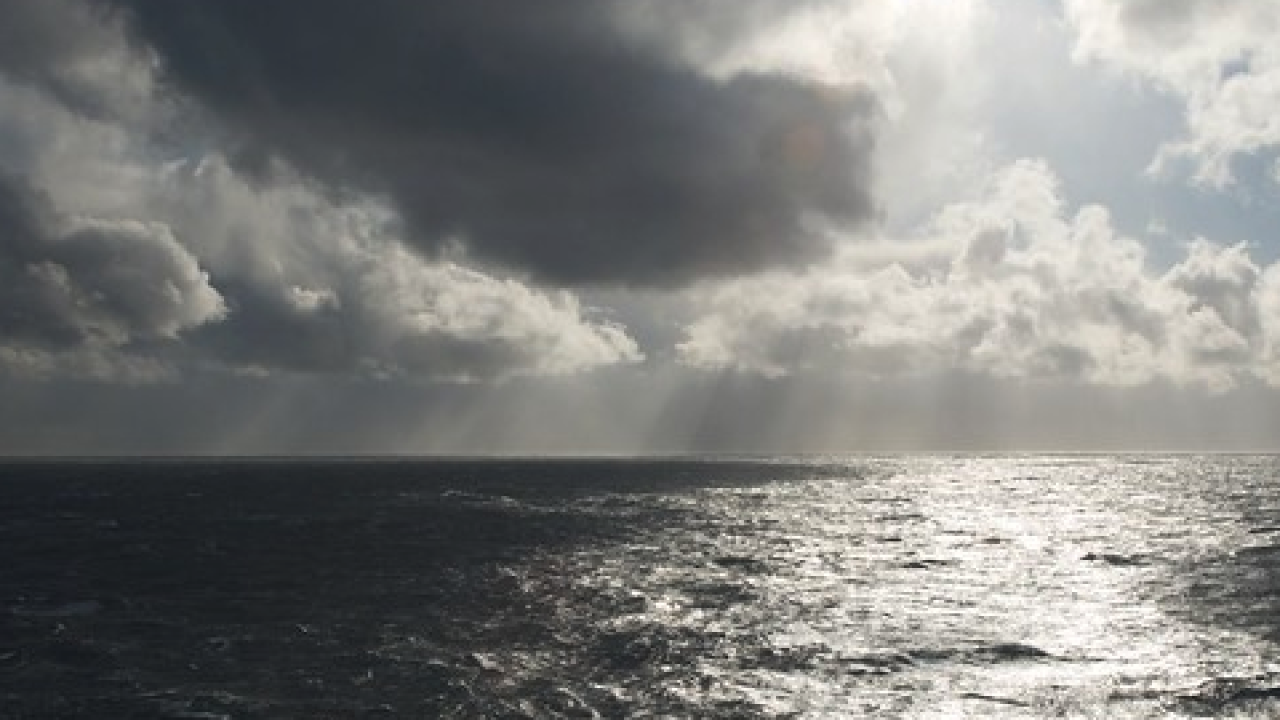
On land, the Internet of Things (IoT) can collect and provide a lot of information: though networks of simple, low-cost devices and sensors communicating over wireless connections. Now a new project seeks to expand IoT to the seas: scientists at ICTP and the Instituto Nazionale di Oceanografia e i Geofisica Sperimentale (OGS) are working to fill gaps in oceangraphic data with open-access, low cost buoys. An Ocean of Things could help developing countries collect key oceanic and coastal data, vital information when over fifty low and medium income countries rely on the sea for the health of their economies. Data about the sea is it is often lacking, but it is needed for decisions social, economic, infrastructure, environmental, or all of the above.
One of the initiative's researchers, Marco Zennaro from the Applied Physics T/ICT4D Lab at ICTP, explains that “the most exciting part of this project is that it means this data gap can start to be filled in, and we can take a higher resolution look at coastal waters.” Alessandro Crise, an oceanographer at OGS in Trieste, first brought the gap to Zennaro’s attention. “An Internet of Things for the ocean is partly already there,” Crise says, “but often the resulting data is in the hands of oil and gas companies, fisheries, shipping companies, entities that are not used to releasing the data, so it’s not available for science and society.” In addition, one of the most important global observation efforts, the ARGO program, focuses on the open ocean: commonly used buoys are not operated in coastal waters, Crise explains. This project aims to support and extend open science initiatives, with open access plans and data.
Satellite photos are sometimes to used to try to collect information about coastal data gaps, to estimate temperature and chlorophyll, says Crise. But these are only so useful: algorithms need to be site specific, which needs site specific data, which does not usually exist on a wide scale. “The more you go towards the coast, the more information is missing, as here the processes have higher variability and more forces affecting them, both man-made and natural,” Crise says. “Here is where issues for developing countries emerge. If you want to address questions of erosion, pollution, contaminants, or how to deploy limited resources, you need coastal data.”
But any country that wants to get a better idea of the dynamics of its coastal waters faces steep equipment prices. “The buoys used to collect data are quite expensive,” says Zennaro. With the standardized dimensions, Zennaro, Crise, and four other scientists designed buoys that can be built instead of bought, that perform just as well for much less. Zennaro’s group assisted with electronics and communication, using a LoRa low-power wide-area network communication platform, short for Long Range. “Using LoRa means that data from the buoys can be picked up in real time from about 50 kilometers away, and in the last two years, the price of LoRa technology has dropped from 100 to 10 euros.”
Luckily, Trieste is on the coast of the Adriatic Sea, letting the collaboration test the buoys they built locally. “Everything is made of off-the-shelf parts, from open source plans," says Zennaro. "People can add more features as they need.” Customizable buoys mean communities in developing countries can foster both engineering and data management knowledge. Owning these reusable buoys not only ensures access to needed data, but also makes it possible to use them for teaching. “Networks of drifting buoys can be equipped with many different sensors,” says Crise, describing sensors for monitoring wind, current, precipitation, temperature, water chemistry, and beyond. “The same deployment architecture of a number of low-cost buoys can be used in lots of different ways.”
The initial test in the Adriatic has expanded to partnerships with scientists in Ghana and hopefully soon in Mozambique. “The idea is to fill in the missing data step by step, with lots of pilot projects that fit together,” says Crise, “but that fit with the specific questions important to a region.” Scientists in developing countries from many fields have responded enthusiastically, he says, and there are already some prototypes ready.
“If you cannot measure things, you don’t know if you’re moving towards the sustainable development goals you want,” says Zennaro. It’s not only local goals that a lack of data affects and that an open access Ocean of Things network could help address. “The Intergovernmental Panel on Climate Change (IPCC) compiles reports of the state of the science on climate change using publications from scientists around the world,” says Crise, “but for example there are still not many papers from African or Indonesian scientists available, and detailed knowledge about these regions is often lacking too. This is no longer acceptable.” Zennaro notes that “technology is a means to get interesting data." With luck these low cost, open-access plans and projects will provide a lot of interesting data for science, society, and education.
---- Kelsey Calhoun
















